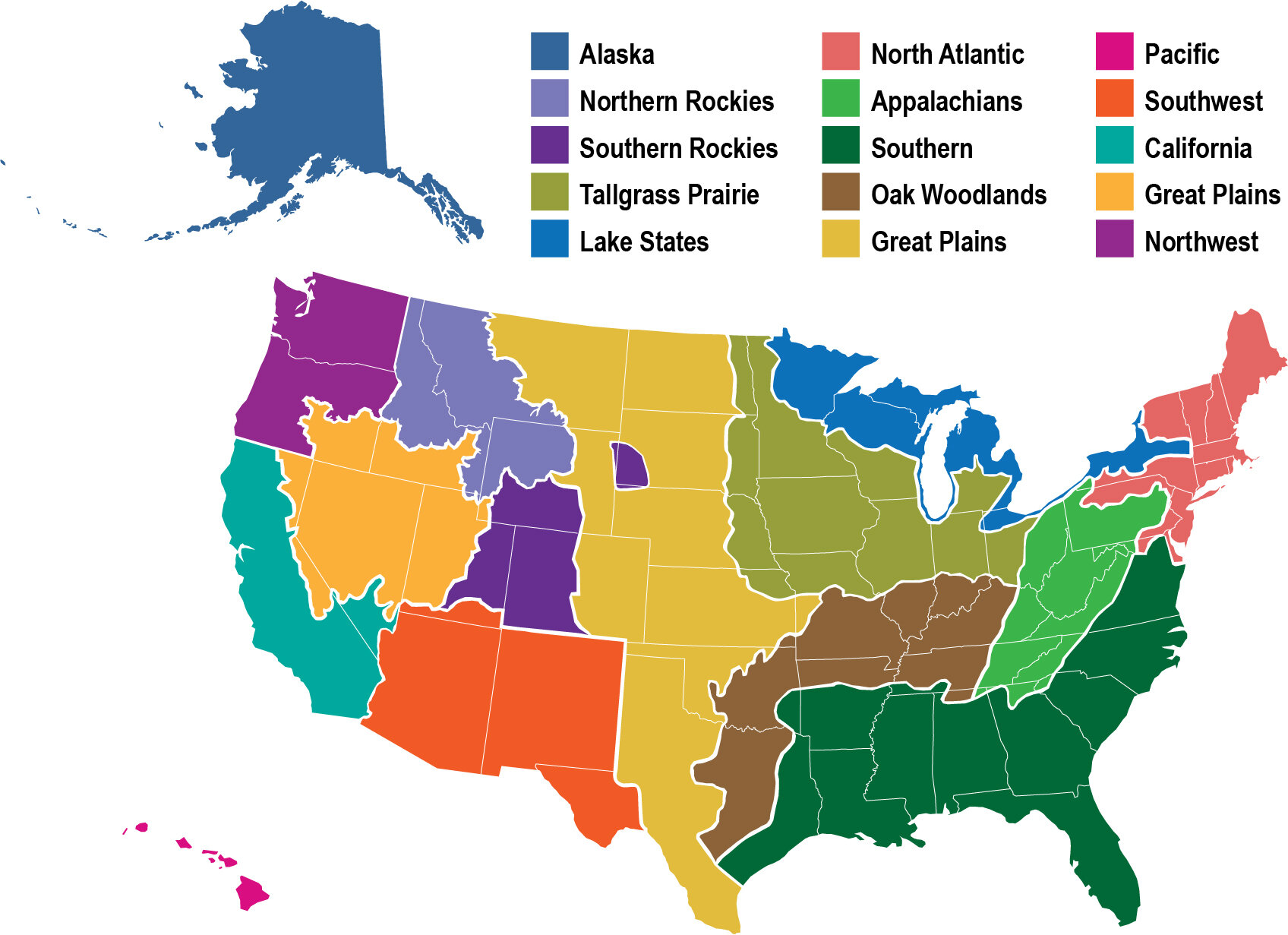Climate change is narrowing and shifting prescribed fire windows
/In this study, the authors used observed weather and climate data, as well as climate model simulations, to project shifts in the frequency and seasonality of burn windows in the Western United States. Real-world burn plans were used to calculate median upper and lower prescription values for weather, climate, and vegetation parameters. These upper and lower median values determined days that were suitable for prescribed fire (RxDay) at a given location, in both the past and in a warmer climate future.
Read More






